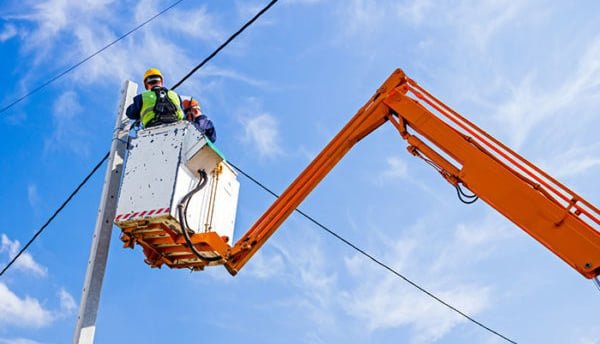Know Your Rights: Refusing Unsafe Work in Ontario
Everyone deserves a safe and healthy work environment. In Ontario, you have the right to refuse work that you believe is dangerous to yourself or others. This is a crucial right that protects workers and helps ensure workplace safety. Here’s a breakdown of what you need to know:
What is the Right to Refuse Work?
The right to refuse unsafe work means that you can stop working if you have reason to believe that the work poses a hazard to your health and safety or the health and safety of others. This could include situations such as:
-
Unsafe equipment or machinery: Faulty tools, lack of safety guards, or malfunctioning equipment.
-
Unsafe workplace: Exposure to dangerous chemicals, fumes, or biological agents without proper protection.
-
Violence: Situations where you feel threatened or unsafe due to the actions of others.
-
Contraventions of the Act or regulations: Violations of the act or regulations that are likely to endanger workers.
It’s important to remember that your belief must be reasonable and based on objective evidence, not just a feeling or dislike of the task.
Legislation: The Occupational Health and Safety Act
The right to refuse unsafe work is enshrined in Ontario’s Occupational Health and Safety Act (OHSA). Specifically, Section 43 of the OHSA outlines the process for work refusals. Here are some key points:
-
You must report the danger: Inform your supervisor immediately about the situation and why you believe it is unsafe.
-
Investigation: Your employer or supervisor and JHSC worker member/health and safety representative/union worker representative (if any) must investigate the situation in your presence.
-
Ministry of Labour involvement: If the issue is not resolved, a Ministry of Labour, Immigration, Training and Skills Development (MLITSD) inspector may be called in to investigate.
-
Protection from reprisal: You are protected from any form of reprisal from your employer for exercising your right to refuse unsafe work.
Steps to a Legal Work Refusal
-
Identify the hazard: Clearly identify the specific danger and why you believe it is unsafe.
-
Report to your supervisor: Inform your supervisor verbally and in writing, if possible, about the hazard and your refusal to work.
-
Cooperate with the investigation: Participate in the investigation process and provide any relevant information.
-
Remain at the workplace: Unless the hazard poses an immediate danger, you must remain at the workplace and be available for alternative work.
-
Contact the MLITSD if necessary: If the issue is not resolved to your satisfaction, you can contact the MLITSD to request an investigation.
Resources
Ministry of Labour, Immigration, Training and Skills Development (MLITSD)
Your Union
If you are a union member, your union representative can provide guidance and support during the work refusal process.
Joint Health and Safety Committees/Health and Safety Representatives
Your workplace health and safety representative can also offer assistance and advice.
Remember, your safety is paramount. If you believe your work is unsafe, don’t hesitate to exercise your right to refuse. By understanding your rights and following the proper procedures, you can contribute to a safer work environment for yourself and your colleagues.






